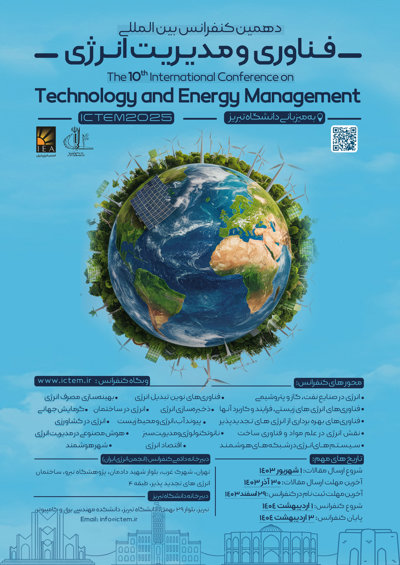0% Complete

نویسندگان :
کلمات کلیدی :
چکیده :
لیست مقالات بایگانی شده
Alireza Jalali - Behdad Mahdavi - Seyed Mohammad Hassan Nobakhti - Alireza Riasi
Arman Hoorsun - Mahdi Gandomzadeh - َAliAkbar Yaghoubi - Alireza Parsay - Aslan Gholami - Majid Zandi
Seyed Mohammad Hassan Nobakhti - Behdad Mahdavi - Alireza Jalali - Alireza Riasi
Reza Takarli - Ahmadreza Ghanaatian - Abolfazl Vahedi
Behnam Alizadeh - Mohammadreza Sheibani - Seyed Mohsen Hashemi - Abbas Marini
Hamid Sayyadi - Mahmood Mohassel Feghhi - Mahdi Nangir - Javad Sayyadi
Ashkan Gholami - Mehdi Dehghan Banadaky - Aslan Gholami
Ali Foadaddini - Hamid Saadatfar - Edris HosseiniGol - Matin HosseinPour - Mahtab Aminzadeh
فاطمه عبادی - فاطمه مهربان - فهیمه گرمسیریان



